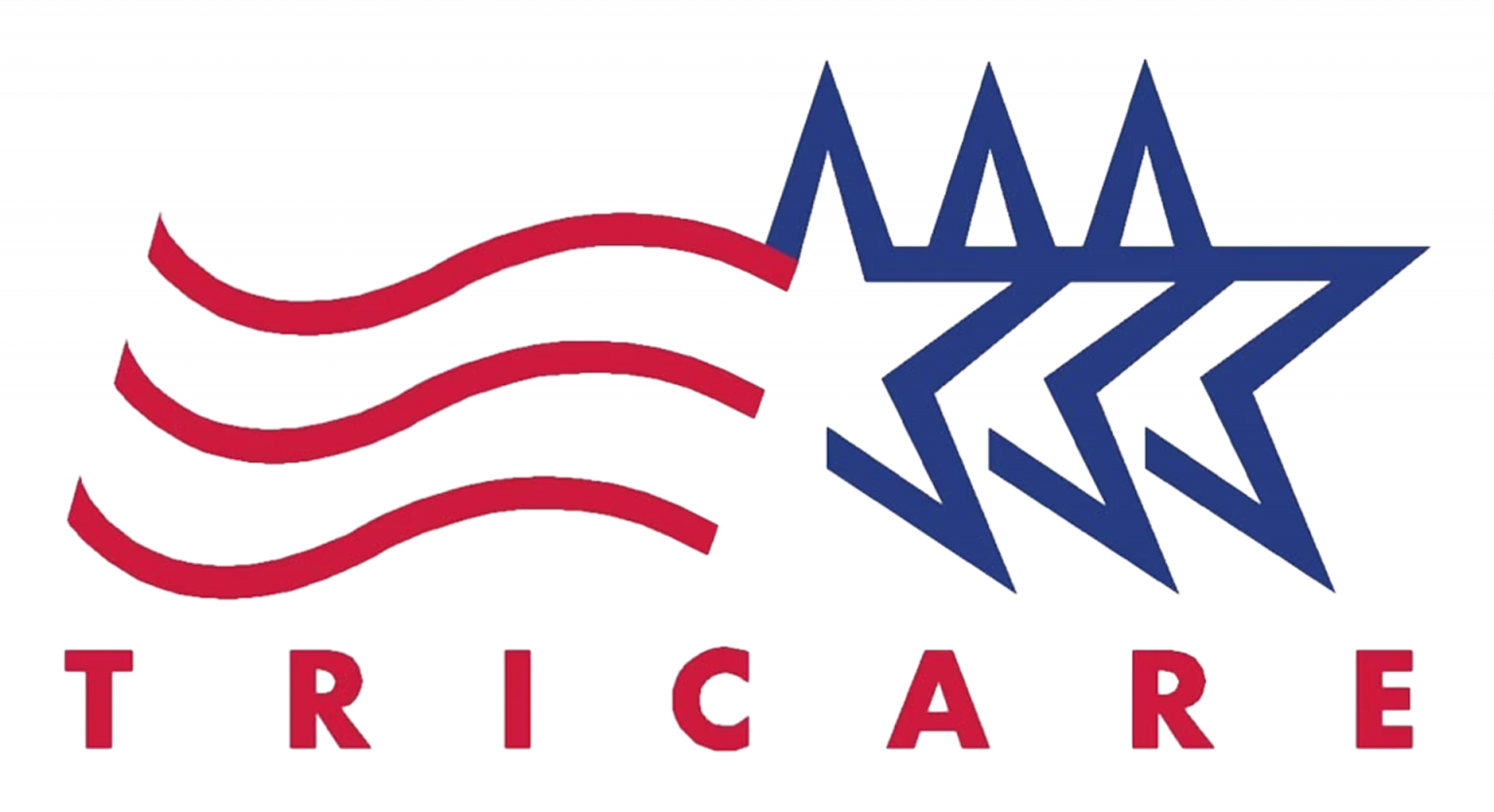Researchers looking into the use of ketamine say they have had a 75 per cent success rate in using it to treat long-term depression.
“The results are startling,” says Melbourne University neuroscientist Associate Professor Graham Barrett, who has been studying depression for 30 years.
“They’re not 100 per cent, there are people who don’t respond to ketamine, but the results are very, very good.”
First used as a battlefield anaesthetic during the Vietnam War, ketamine was approved for use in Australia as an anaesthetic and for pain relief.
But it is also used as an animal tranquiliser and taken as a hallucinogenic ‘party drug’ known as Special K.
Les Jackson has struggled with depression for years after being seriously injured in a motorcycle accident.
He describes the experience of taking ketamine in a clinical trial as “really wonderful”.
“When you think about taking your own life – you can’t get much more down than that – to where I am now, it has been so good.”
From depressed to well in one day: researchers
Professor Colleen Loo, from the Black Dog Institute, carried out clinical trials of ketamine at the University of New South Wales in 2012 and is seeking funding for further research.
“It’s truly amazing both in terms of how powerful the effect is, but also how quickly it works,” she said.
“Other treatments we know, medications, psychological therapy, electro-convulsive therapy, take weeks to work.
So the fact that you can go from being depressed to being well in one day is unheard of.”
While ketamine is not yet approved for the treatment of depression in Australia, it can be used in clinical trials, and is also being offered off-label in some medical centres.
“Ketamine as an anti-depressant is well established in the USA and is now an accepted mode of therapy, officially sanctioned, and Australia is lagging behind,” he said.
“The aim is to make this available to people, but at the same time to very carefully document what happens and to publish these results as soon as possible.”
Read the complete article here.


























